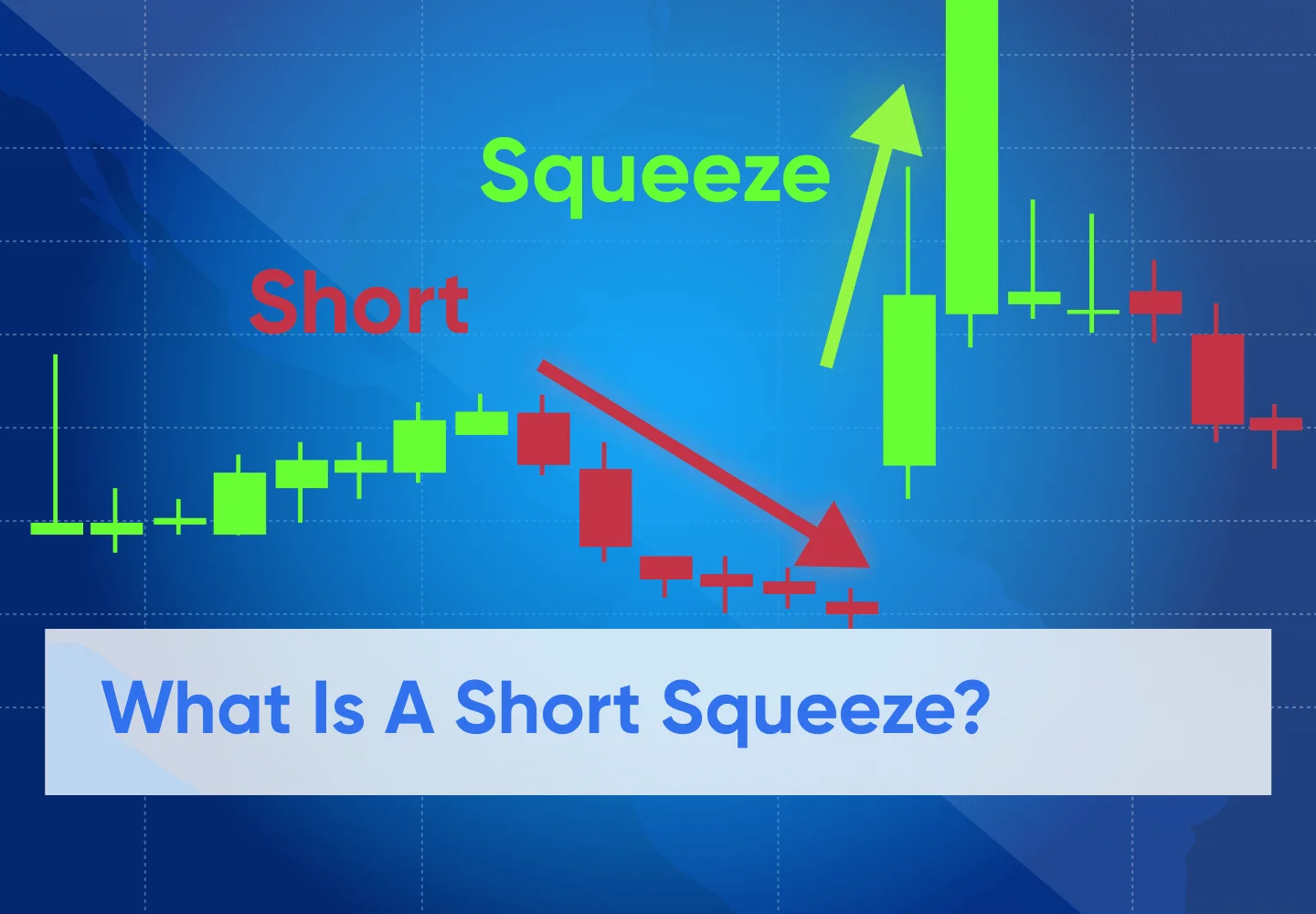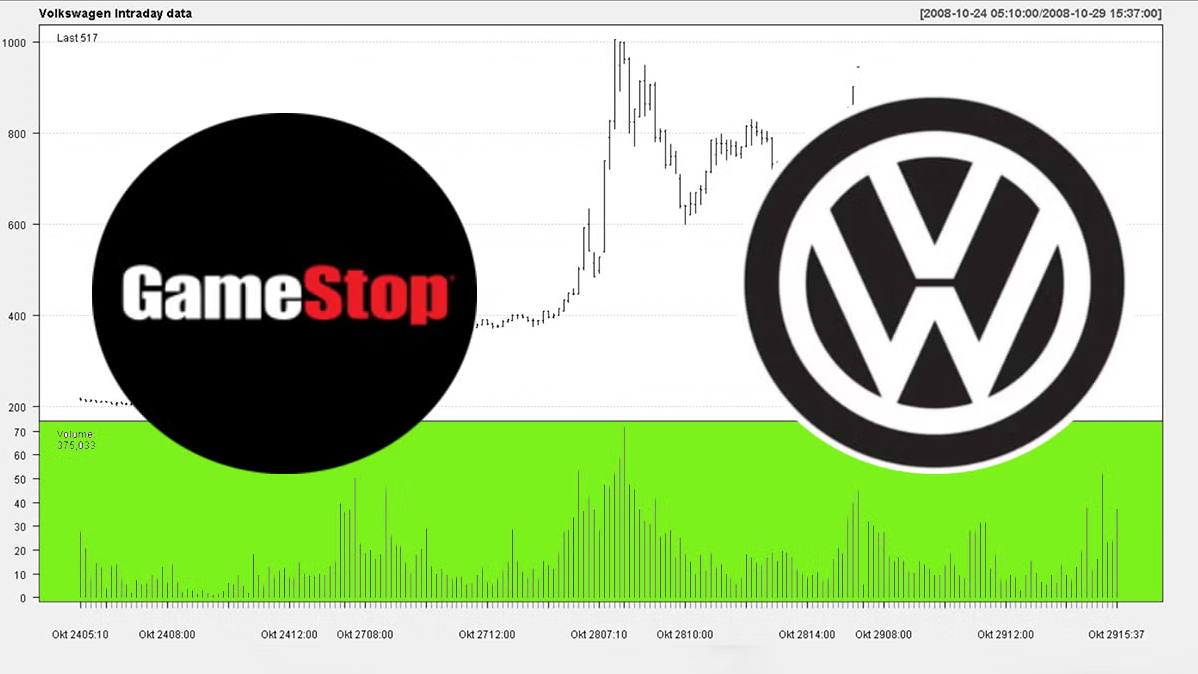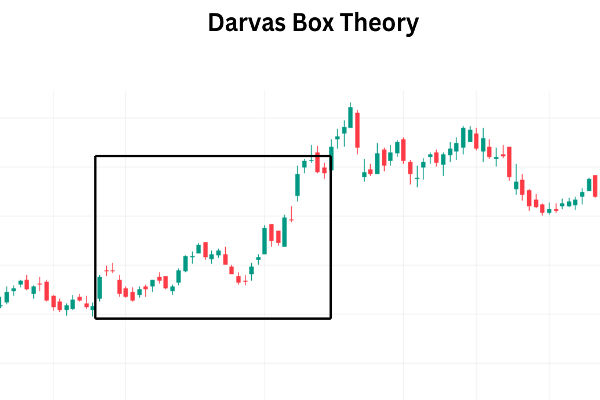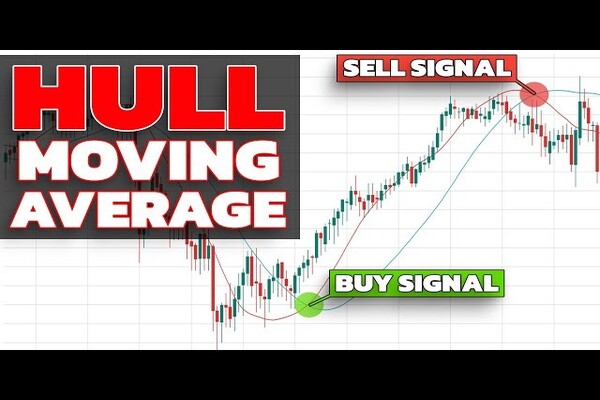Simply put, a short squeeze is a market phenomenon when a heavily shorted stock price rises sharply, forcing short sellers to buy back shares to cover their positions, in turn driving the price even higher.
It creates a feedback loop of buying pressure, leading to rapid and significant price increases and catching many investors off guard. Thus, understanding this phenomenon is crucial for both novice and experienced traders.
Understanding What Is a Short Squeeze, Short Selling and What Triggers It

To grasp what a short squeeze entails, it's essential to understand short selling first. Short selling is an investment strategy where an investor borrows shares of a stock and sells them on the open market, hoping to rebuy later at a lower price.
If the stock's price declines, the investor will profit, as they can repurchase the shares at a cheaper rate, return them to the lender, and pocket the difference. However, if the stock's price rises, the investor faces potential losses, as they must buy back the shares at a higher price.
As to what triggers the phenomenon, a short squeeze occurs when a stock with a high short interest — meaning a significant percentage of its shares have been sold short — experiences a price increase. For example, positive news, strong earnings reports, or increased buying interest can all trigger this price rise.
As the stock price climbs, short sellers may be forced to cover their positions to limit losses, which involves buying back the shares they initially sold. This additional buying pressure further elevates the stock's price, potentially causing more short sellers to cover their positions, thus perpetuating the cycle.
Historical Examples of Short Squeezes

One notable example of a short squeeze occurred in January 2021 with GameStop (GME). Retail investors, particularly from the Reddit community r/WallStreetBets, coordinated buying efforts to drive up the stock's price, targeting hedge funds that had heavily shorted the stock.
As the price surged from around $20 to an intraday high of $483, short sellers scrambled to cover their positions, exacerbating the price increase. This event highlighted the power of collective retail investor actions and the risks associated with high short interest.
Another instance is the Volkswagen short squeeze in 2008. Porsche revealed it had acquired a significant stake in Volkswagen, leading to a shortage of available shares for short sellers to cover their positions. This scarcity drove Volkswagen's stock price from around €200 to over €1,000, briefly making it the world's most valuable company by market capitalisation.
Short Squeeze Trading Strategies
Trading during a short squeeze can be highly lucrative, but it requires precise timing, a clear strategy, and strong risk management. Traders who attempt to profit from a short squeeze typically fall into two categories: those who anticipate the squeeze before it happens and those who ride the momentum once it begins. Each approach comes with its risks and considerations.
For traders looking to anticipate a short squeeze, the strategy begins with screening for stocks with extremely high short-interest ratios and relatively low float. The short interest ratio, often expressed as a percentage of a stock's available shares that are sold short, gives insight into the potential pressure that could trigger a squeeze.
Days to cover is another key metric, measuring how long it would take for all shorts to close their positions based on average trading volume. Stocks with high values in both categories are considered prime candidates. Traders then wait for a catalyst — often unexpected positive news, strong earnings, or a sudden surge in buying volume — which can trigger the squeeze.
Another method is momentum-based trading, where traders enter a stock once the squeeze has begun. This approach relies heavily on volume indicators and intraday chart patterns. Traders watch for breakouts above key resistance levels, usually accompanied by surging volume. This confirmation suggests that short sellers are beginning to cover, and momentum traders may look to enter the move early to capture part of the upside. However, since the timing window in short squeezes can be volatility extreme, traders must quickly manage positions and set tight stop losses.
Some traders use options strategies to limit risk while benefiting from a potential squeeze. Buying call options can be an attractive way to gain exposure to a rapid upside move while capping the downside to the premium paid. It is particularly effective in stocks with high implied volatility due to short interest, as options can become increasingly valuable if a squeeze pushes the stock sharply higher.
Identifying Potential Candidates and Understanding Risks
As mentioned above, investors looking to identify stocks susceptible to a short squeeze often examine metrics such as short interest ratio and days to cover. A high short-interest ratio indicates that a large portion of a stock's float is sold short, while days to cover measures how many days it would take for all short positions to be covered based on average daily trading volume.
Stocks with high values in these metrics may be more prone to short squeezes, especially if positive catalysts emerge.
While participating in a short squeeze can yield substantial profits, it carries significant risks. The rapid price increases are often unsustainable, and prices can plummet just as quickly once the buying pressure subsides.
Additionally, trading during a short squeeze can be highly volatile, with wide price swings and increased market uncertainty. Investors should exercise caution, conduct thorough research, and consider risk tolerance before engaging in such trades.
Conclusion
In conclusion, a short squeeze is a complex market event driven by the dynamics of short selling and rapid price movements. Understanding the underlying mechanics, historical examples, and associated risks is crucial for investors considering involvement in such scenarios.
While the potential for significant gains exists, so does the potential for substantial losses, making it imperative to approach short squeezes with informed caution.
Disclaimer: This material is for general information purposes only and is not intended as (and should not be considered to be) financial, investment or other advice on which reliance should be placed. No opinion given in the material constitutes a recommendation by EBC or the author that any particular investment, security, transaction or investment strategy is suitable for any specific person.








